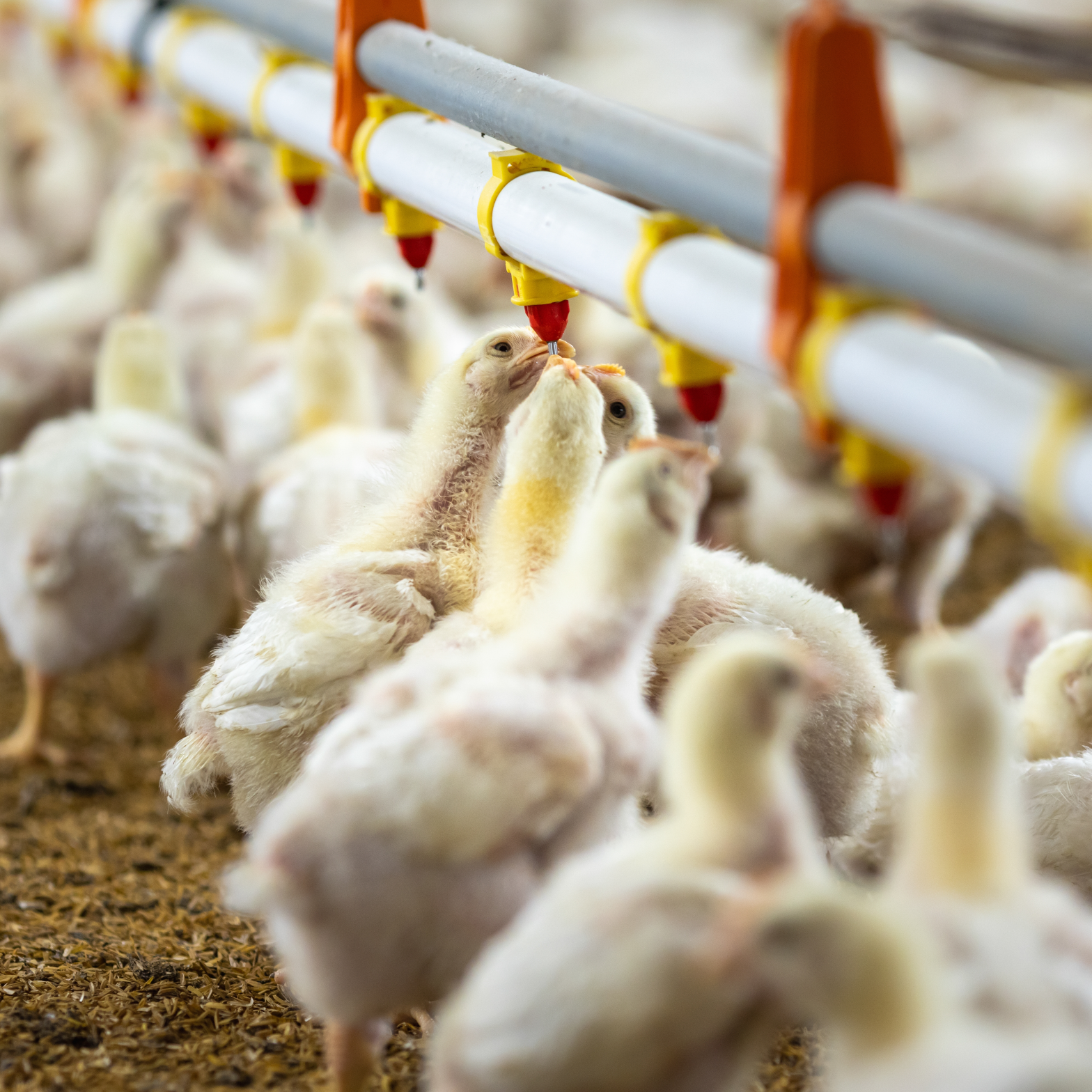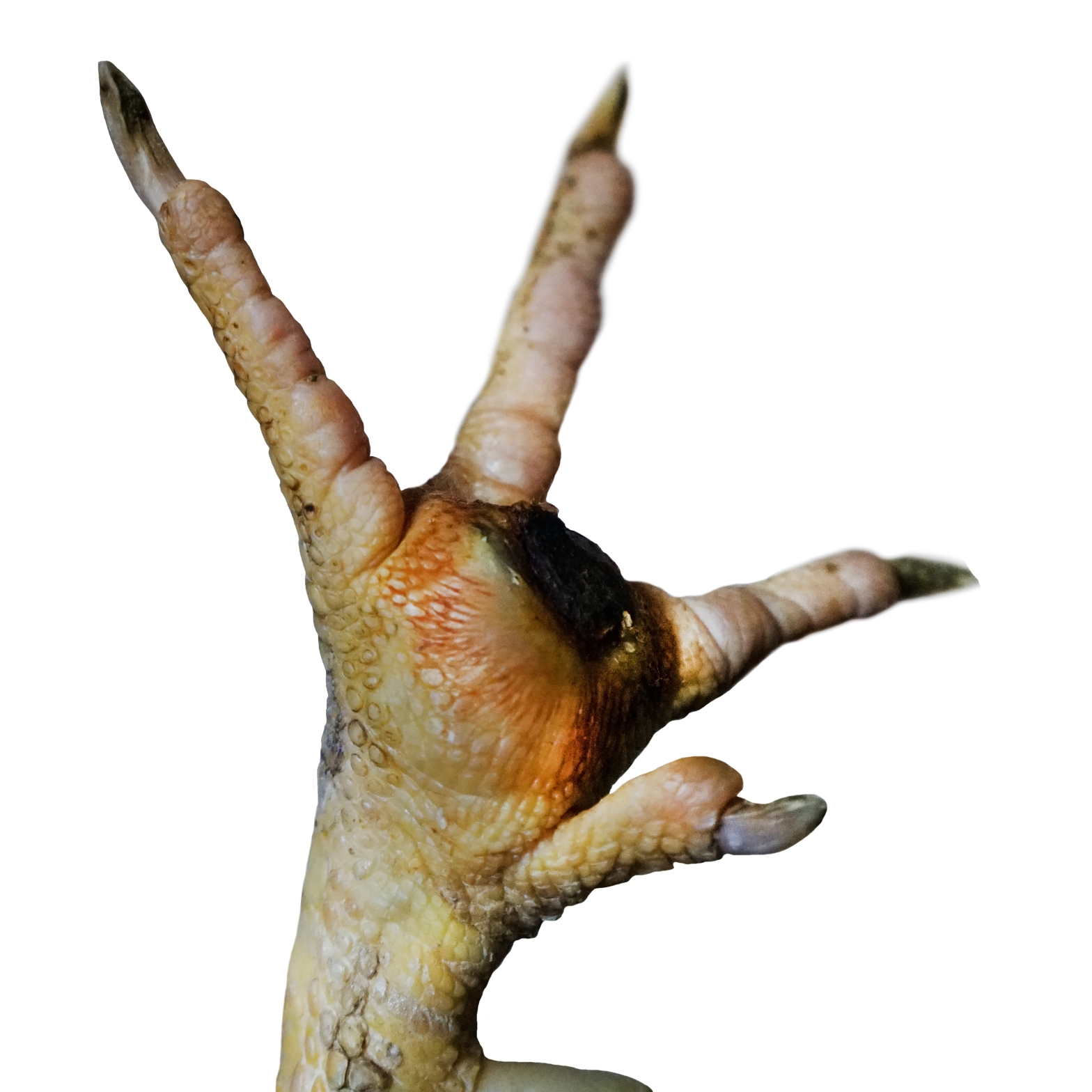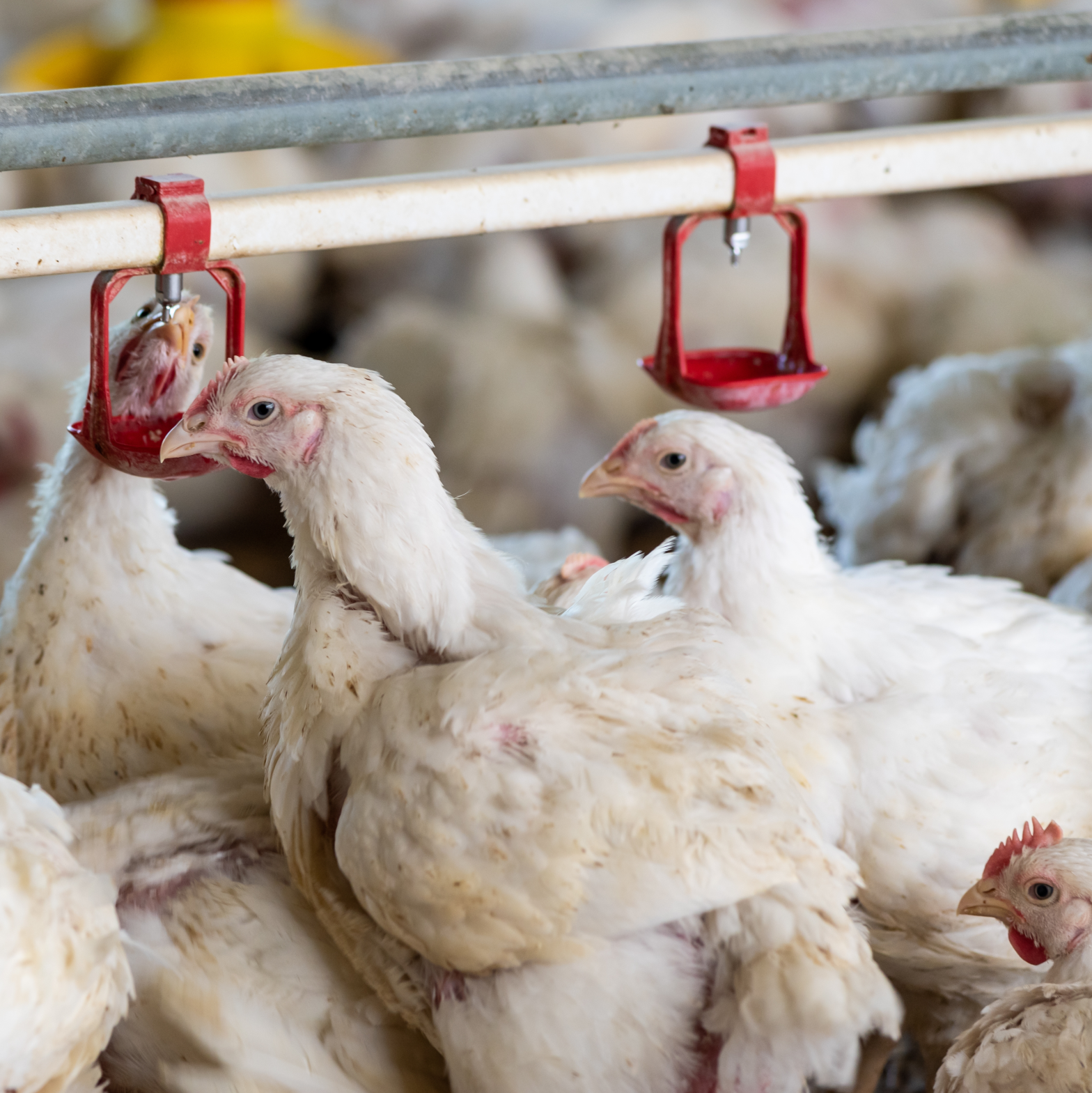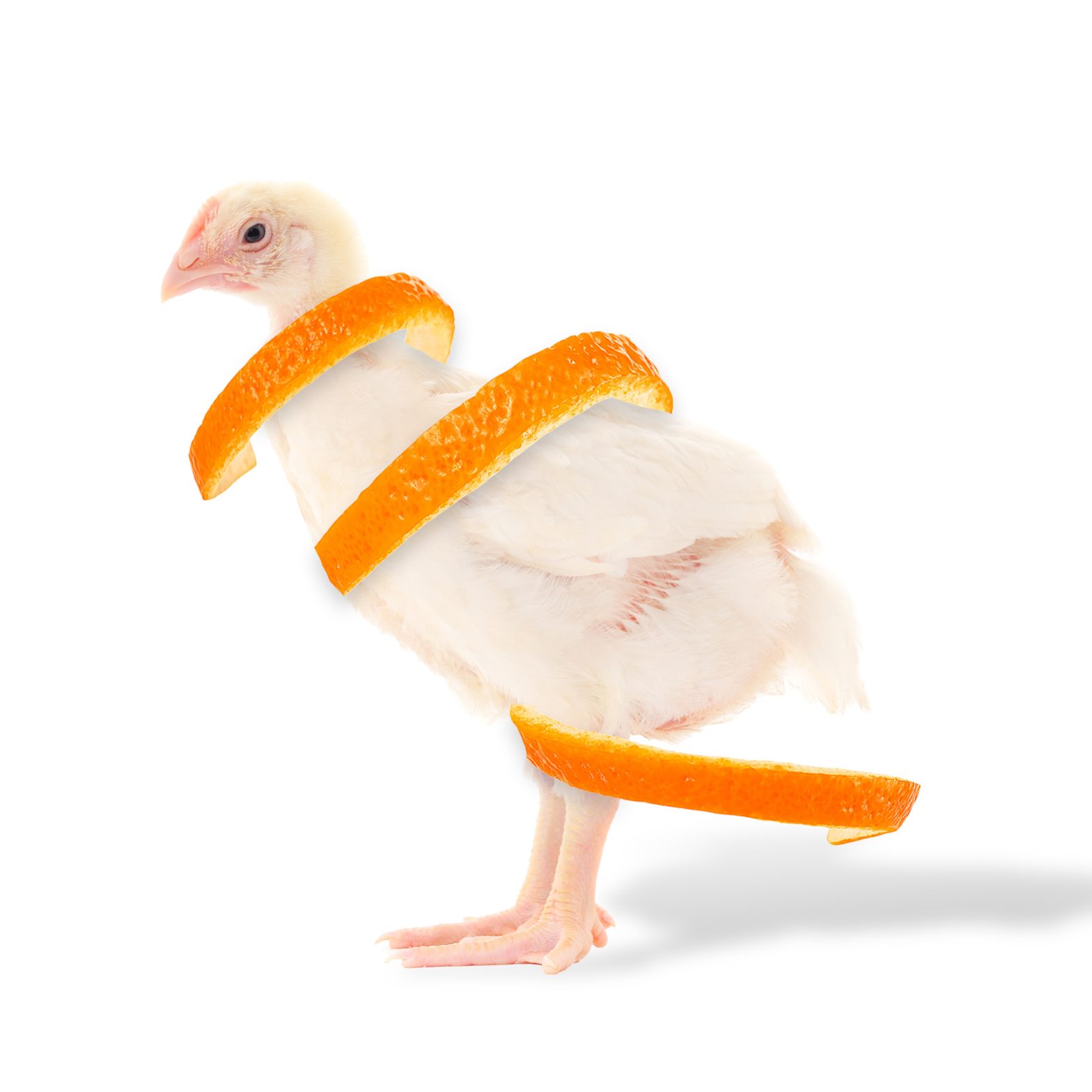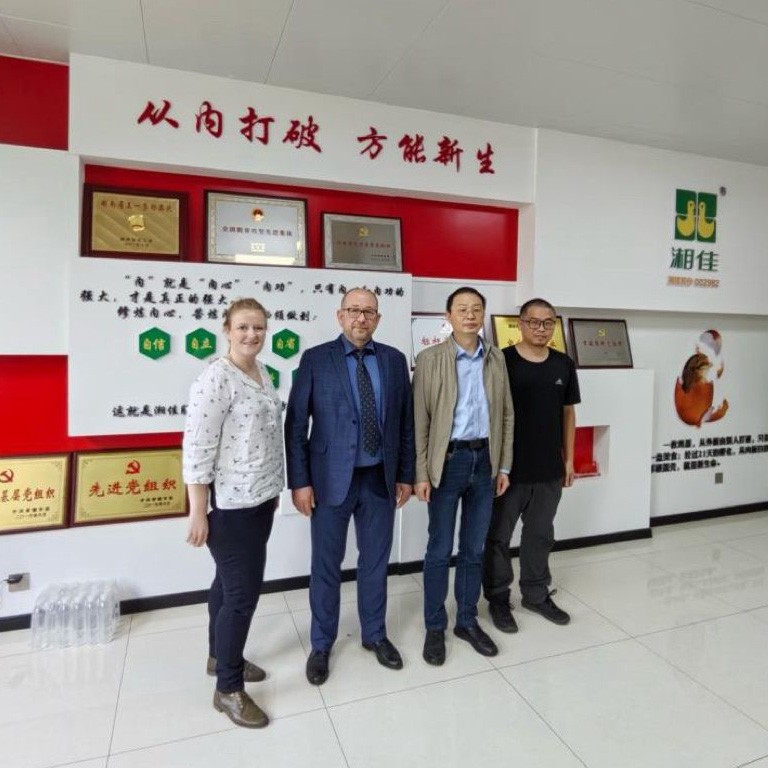Understanding hatchability and its Challenges Hatchability is a trait of major economic importance in the poultry industry. The term refers to the percentage of eggs that successfully develop into chicks. Maintaining an optimal rate of hatchability is essential not only for maximizing production efficiency but also for ensuring economic viability in poultry farming. One significant …
Poultry
Impacts of Heat Stress on Animal Performance: Reinforcing & Diversifying the Antioxidant Protection
Understanding heat stress and its Impacts on animals Heat stress is a significant challenge in animal husbandry, affecting various physiological parameters and overall animal performance. It occurs when animals are unable to dissipate excess body heat, leading to elevated body temperatures and a cascade of negative health effects. The situation is exacerbated by climate change, …
The growing resistance of coccidiosis in poultry production
Understanding the resistance development of Eimeria Coccidiosis, a disease caused by the protozoan parasites of the genus Eimeria, is a significant threat to poultry, particularly broilers. These parasites are capable of causing severe intestinal distress, leading to poor nutrient absorption, diarrhea, and in severe cases, death. Eimeria species develop resistance through genetic mutations and adaptive …
Continue reading “The growing resistance of coccidiosis in poultry production”
Reducing the occurrence of pododermatitis in broiler flocks with citrus extract
Improving feed efficiency: a key strategy for reducing livestock’s Environmental impact Mitigating livestock’s environmental footprint is an important pillar for building sustainable animal production. This could be done by improving feed efficiency of livestock animals. More efficient feed conversion reduces the demand for feed crops, leading to lower land use, water consumption, and energy input …
Continue reading “Reducing the occurrence of pododermatitis in broiler flocks with citrus extract”
The use of citrus extract to mitigate the environmental footprint of pigs and broiler chicken production
Improving feed efficiency: a key strategy for reducing livestock’s Environmental impact Mitigating livestock’s environmental footprint is an important pillar for building sustainable animal production. This could be done by improving feed efficiency of livestock animals. More efficient feed conversion reduces the demand for feed crops, leading to lower land use, water consumption, and energy input …
Standardized Citrus Extract supplementation increases endogenous butyric acid concentration in the gut
The importance of butyric acid for animals’ gut health and Feed efficiency Intestinal health plays a vital role in ensuring the optimal development of animals. Short-chain fatty acids (SCFAs), such as butyric acid, are particularly important due to their beneficial impact on the intestinal microbiota. These compounds help preserve intestinal integrity and enhance feed digestibility, …
Citrus extract to improve zootechnical performances of broiler chickens
The interest of citrus extracts as a prebiotic in Animal nutrition There is a growing interest for citrus extracts in the field of animal nutrition, thanks to their ability to modulate animals’ microbiota, and thus improve feed efficacy. However, the effect of citrus extracts supplementation through the feed can differ a lot, depending on the …
Continue reading “Citrus extract to improve zootechnical performances of broiler chickens”
A seminar dedicated to coccidial risk management in China
The Nor-Feed team travelling through China to talk about Coccidial risk in the poultry industry During 10 days, a Nor-Feed delegation represented by Marie-Sophie SCHNEEGANS, Product Manager, and Weishan WANG, Sales Area Manager, supported by Dr. Pavel MELNIKOV, MVService, traveled through China as part of a join event with Adisseo and Shanghai Muqi to discuss …
Continue reading “A seminar dedicated to coccidial risk management in China”
Standardized dry grape extract, an ally for boosting bone health in pullets
The importance of bone mineralization during Pullets’ growth Bone mineralization in pullets is one of the keys to laying performance and well-being. Indeed, while maximum skeletal development takes place during the pullet’s growth, it is mainly focused on building structural bone. When sexual maturity is reached, the young hen begins to secrete much higher doses …
Continue reading “Standardized dry grape extract, an ally for boosting bone health in pullets”




